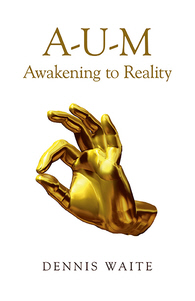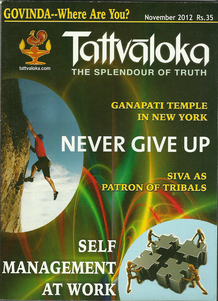I regard consciousness as fundamental. I regard matter as derivative from consciousness. We cannot get behind consciousness. Everything that we talk about, everything that we regard as existing, postulates consciousness.
– Max Planck
(X): Non-dualism is not something that can be understood in any formulation of words, and at best one can approach it conceptually only perhaps by means of negation, meaning by specifying what it is not.
A1. All doctrines and teachings are necessarily couched in language, which is a system of symbols. All concepts are just pointers (e.g. ‘pointing at the moon’), including those of Nonduality (ND). So it is not only negation — I think you will agree. I also referred myself to superimposition followed by rescission as a method of gradual understanding taught in Advaita Vedanta. The final end is doing away with language once final understanding has been reached, that is, once there are no further doubts or questions.
Continue reading

